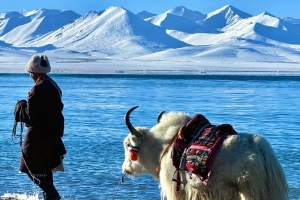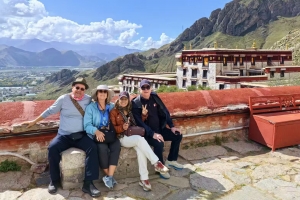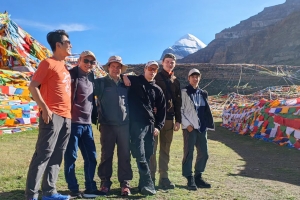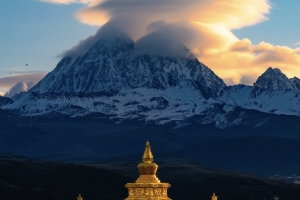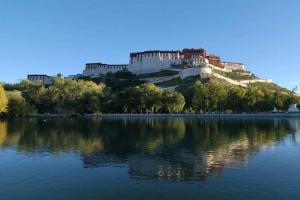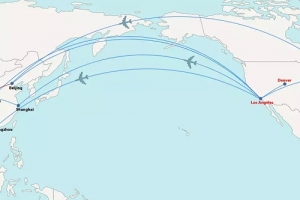The arrival of the Lunar New Year is a time of joy, reflection, and renewal across many parts of Asia. In both Tibet and China, the turn of the year is marked with grand celebrations steeped in history, culture, and tradition. Yet, while Tibetans celebrate Lhosar and the Chinese observe Chun Jie (Chinese New Year), the way these festivals are celebrated, and their significance, varies greatly.
Cultural Roots and Spiritual Meaning
The origins of Chinese New Year stretch back over 4,000 years, connected to the myth of the beast Nian, who would terrorize villages at the start of the year. In response, villagers would use loud noises, the color red, and fireworks to drive the monster away. The festival became a vibrant expression of hope for a prosperous year ahead, with traditions aimed at warding off evil and inviting good fortune.
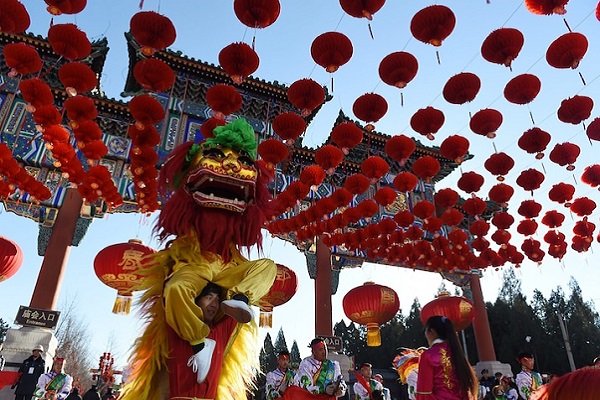
On the other hand, Lhosar (Tibetan New Year) follows a distinct lunar calendar and is deeply intertwined with the Buddhist traditions of Tibet. For Tibetans, the new year is not just about festivity but also about spiritual renewal—purifying the past year’s bad energy and welcoming the blessings of gods and ancestors. Unlike the largely secular celebrations in China, Lhosar is a time for Tibetans to reflect, seek forgiveness, and renew their connection to both the spiritual and physical realms.
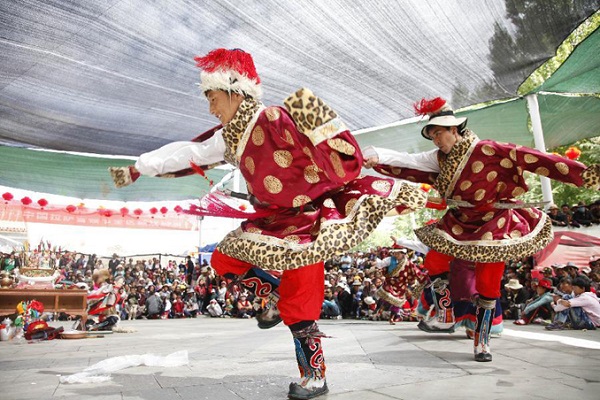
Purification and Preparation
Both festivals share a common theme of purification, but the ways this is carried out reflect the distinct spiritual practices of each culture. In China, homes are cleaned from top to bottom, symbolizing the removal of any lingering bad luck and making way for prosperity. Red couplets and decorations are placed on doorways to invite fortune, and family members gather for the all-important reunion dinner.
In Tibet, the preparations for Lhosar also involve cleaning and ritual purification, but the emphasis is more spiritual than physical. Families cleanse their homes but also engage in ritual prayers, offer butter lamps, and prepare sacred foods to honor the gods and spirits. For Tibetans, the practice is a cleansing of the soul, allowing them to enter the new year with a fresh heart and a clear mind. Sacred ceremonies are performed by lama (Tibetan monks), who lead prayers to remove negative energy and invite positive forces into the home.
Feasts of Symbolism
Food plays an integral role in both celebrations, and the dishes served are rich with symbolism. In China, the reunion dinner is the highlight of the holiday. Dumplings shaped like gold ingots symbolize wealth, while fish represents abundance and surplus. The Chinese also serve sweet rice cakes for growth and prosperity and exchange red envelopes (hongbao) filled with money to ensure luck and fortune.
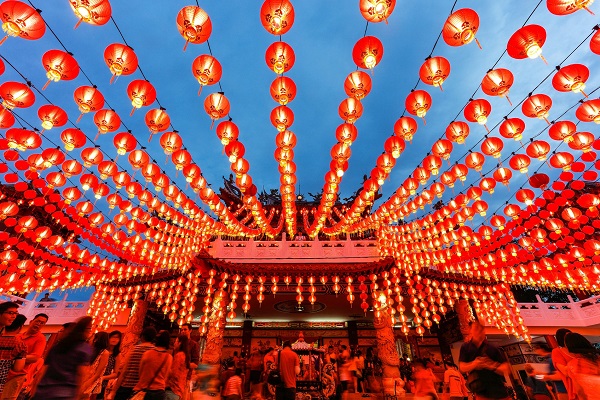
Tibetan Lhosar meals, on the other hand, reflect the Tibetan way of life—simple yet deeply meaningful. Khapse, deep-fried pastries in intricate shapes, are shared with friends and family to bring good fortune. Momo, stuffed dumplings filled with either meat or vegetables, offer both physical and spiritual sustenance. Perhaps the most iconic of all Tibetan offerings is the Butter Tea—a rich, salty beverage made with butter and tea leaves, which symbolizes warmth and hospitality.
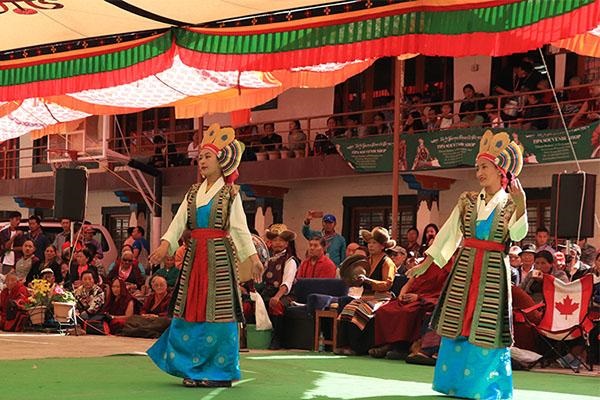
Both celebrations are a feast for the senses, but it’s in the symbolism behind each dish where their true meaning lies.
Family, Traditions, and Unity
At their heart, both Chinese New Year and Lhosar are about family. In China, the reunion dinner is the time when all generations gather to enjoy a meal together. It’s a time for exchanging blessings, reconnecting, and honoring family bonds. Fireworks, dragon dances, and the giving of red envelopes bring joy and laughter, ensuring that the festivities are filled with good cheer and hopes for a successful year.
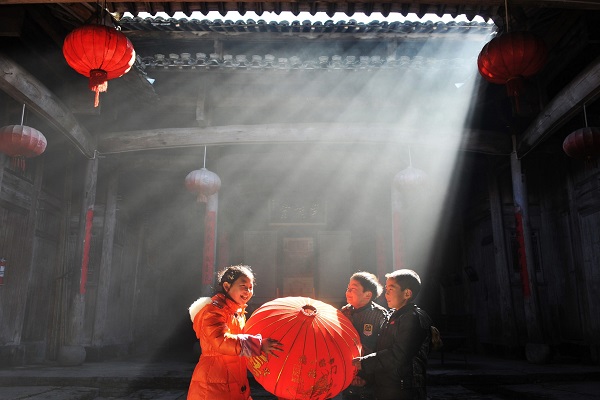
In Tibet, the family connection is equally important, though the celebration also places a strong emphasis on community. Lhosar dances, communal prayers, and traditional games like tug-of-war bring people together, reinforcing ties with both family and community. The rituals performed during Lhosar are a way of marking the passage of time and acknowledging the support of ancestors and local deities. Families also honor their elders, showing respect for the wisdom passed down through generations.
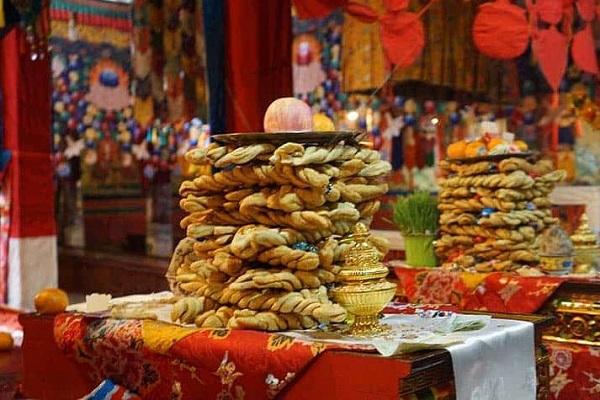
A Time to Reflect and Celebrate Life
While Chinese New Year is a time for external celebrations—parades, fireworks, and the thrill of public displays—Lhosar feels more introspective, a time of spiritual renewal and personal reflection. For Tibetans, Lhosar’s rituals of prayer, purification, and connection to the divine bring a deeper sense of meaning to the new year’s arrival. Whether it’s in the tranquil mountains of Tibet or the bustling streets of China, both festivals serve as an opportunity to let go of the past, come together with loved ones, and embrace the promise of the year ahead.


